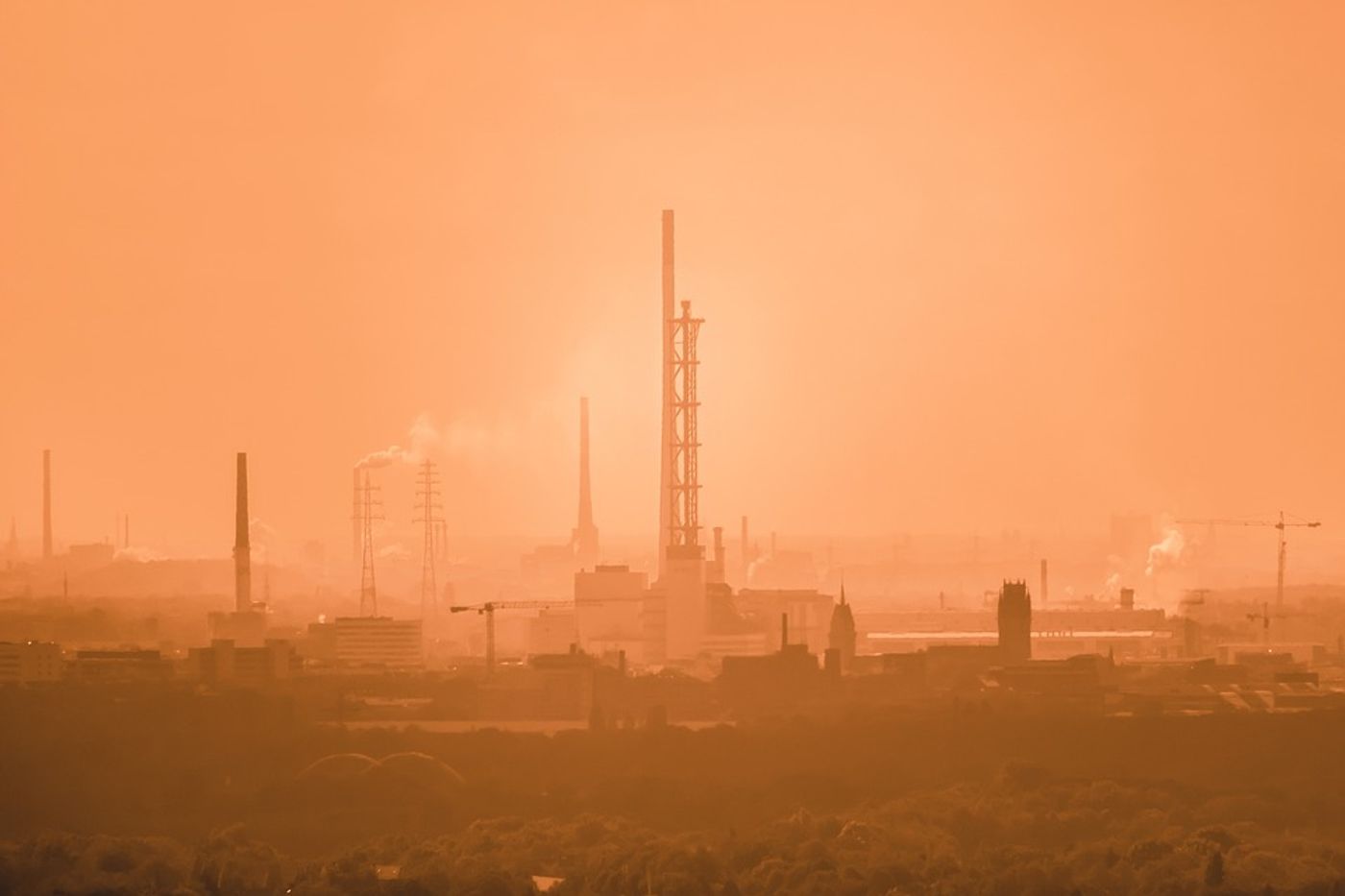Where we should turn our focus for ammonia emissions control
When you think of air pollution, you might not immediately think of ammonia. But in fact, when ammonia reacts with sulfur dioxide and nitrogen oxides, it forms secondary fine particles that create atmospheric haze. This phenomenon has been a significant problem in China, where there is extensive haze pollution.
Now new research published in Atmospheric and Oceanic Science Letters suggests a mechanism for targeting ammonia emissions. The research comes from scientists at Nanjing University of Information Science and Technology (NUIST), where a team looked at the specific ammonia emissions from agriculture in Jiangsu Province from 2000 to 2017.
"Jiangsu is where our research team is based, and it happens that this province ranks first in ammonia emissions from agriculture in key areas of national air pollution control in China," explains Shen. "We, therefore, feel it's our duty to investigate the characteristics and trend of change of ammonia emissions from agriculture here."
In analyzing ammonia emissions, the team considered five regional nitrogen fertilizers and four livestock species. They determined that livestock and poultry farming made up 78.08% of ammonia emissions in agriculture while nitrogen fertilizer application accounted for 21.92%.
From this knowledge, the team concluded that these particular sectors should be of critical attention in the future in efforts to reduce ammonia emissions. "We suggest that ammonia emissions control from livestock and poultry farming should be a future focus of agricultural ammonia control," comments Professor Weishou Shen, who led the research.
Sources: Atmospheric and Oceanic Science Letters, Eureka Alert









